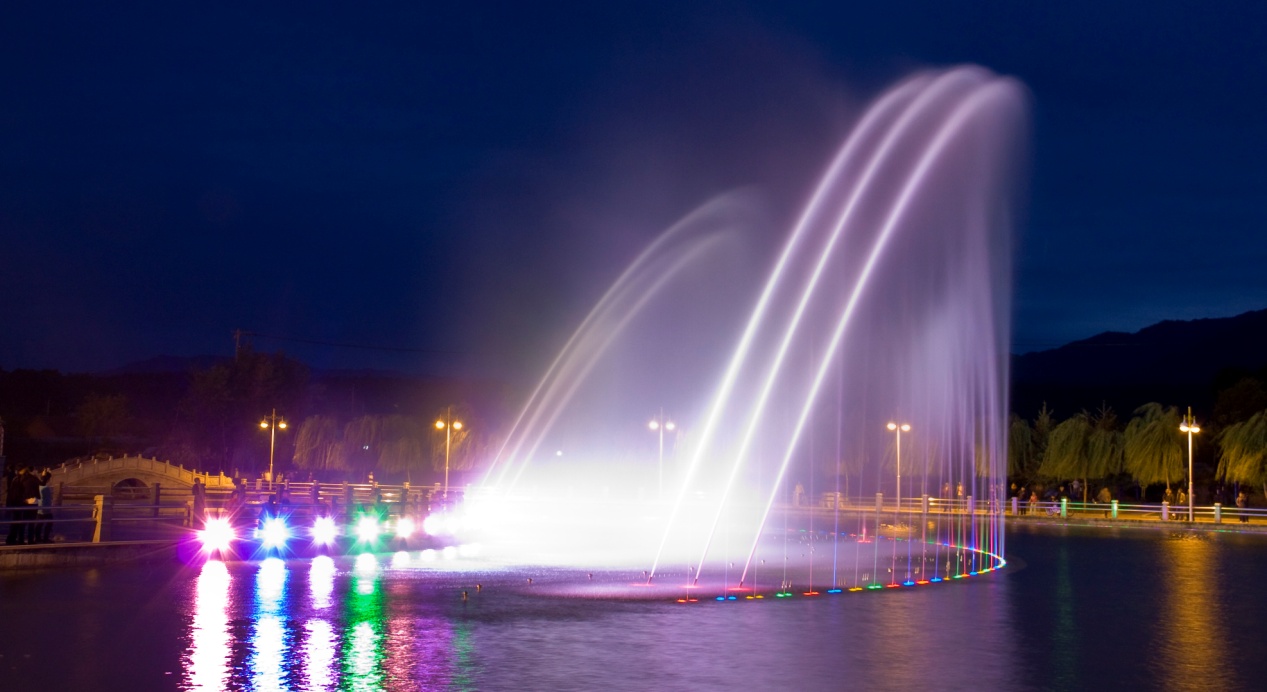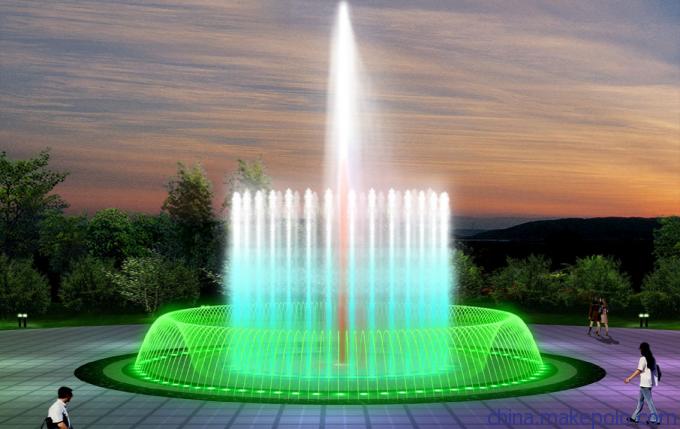What are the requirements for water quality in Waterscape design?
Publish Time:2019/09/17 News 标签:waterscape designNumber of views:696
What are the main points of waterscape design? One is water quality, the other is water form. Water is easy to achieve, landscape is not easy to achieve, and it is more difficult to maintain.

“A pool of stagnant water” will let visitors cover their noses and make management complain for days. In retrospect, Zhaojiabang in Shanghai and Longxugou in Beijing were replaced by pipelines because of stinky pollution. Residents clapped their hands. Therefore, while shaping, we should also consider a series of issues such as water supplement, excretion, circulation and purification, so as to truly achieve “green” and “ecological” in order to achieve sustainable development. During this period, we should also pay attention to the following issues:
(1) The flow of water in an environmental residential area, even where it is inconvenient to communicate on the ground, is also communicated by underground pipes, so that there is no danger of dead water breaking.
(2) The design of different shapes, shades and width of the water body symbolizes different geographical environments: streams, lakes, harbours, peninsulas, River ports, etc. It has different landscapes and plays different ecological roles.
(3) In different water environments, different plants and animals are arranged, such as lotus, reed and fish in the water. Even in small environments, it reflects biodiversity. It would be more advantageous to consciously choose some environmentally friendly organisms.
(4) Take waterfalls and springs as power, create water level difference, let the water circulate naturally, and produce dynamic water landscape such as overflow, fall, trickle and turbulence; increase the contact between water body and atmosphere, sand and stone, and increase oxygen content. The old proverb “running water is not rotten” is the motto of waterscape design.
(5) Except for the need of construction and transportation, some water buildings are constructed, most of them are gently sloping into water, plant revetment, gravel, mud and sand bottom. The cost of such a water system will not be too high. More importantly, it will form a system with groundwater. Therefore, it is very important to select a reasonable water level elevation.

(6) Because of various gentle slopes and narrow water surface, different water depths are created everywhere, and streams also have rapid and slow, shallow places. We should control the flow so that it does not scour or silt. In deep places, wells can be excavated to promote the up and down circulation. Large-scale water surface should also take into account the needs of transportation, entertainment and production.
(7) The utility of “one arrow, two carvings” is achieved by excavating earthwork on canals and gentle slopes, stacking topography, separating space, improving planting conditions, and reducing earthwork traffic.
(8) To guide rainwater to infiltrate and flow along undulating terrain and form rivers. There is no flooding and scouring, and the amount of drainage works is also reduced. Only overflow valves and one-way valves are installed at the outlet. In the dry and rainy season, water sources are supplemented manually.
(9) In the greenbelt near the river basin, natural water irrigation is used to form a virtuous ecological cycle of water. Rainwater recovery and utilization is an important standard of green ecological zone.
- Several Principles of Residential Watersca...
- How to design beautiful programmable fount...
- Skills of using program-controlled fountai...
- Water fountain installation characteristic...
- Fountain company introduces the working pr...
- Installation of the pump in the installati...
- Fountain design company to tell you the la...
- Definition of Water Fountain













